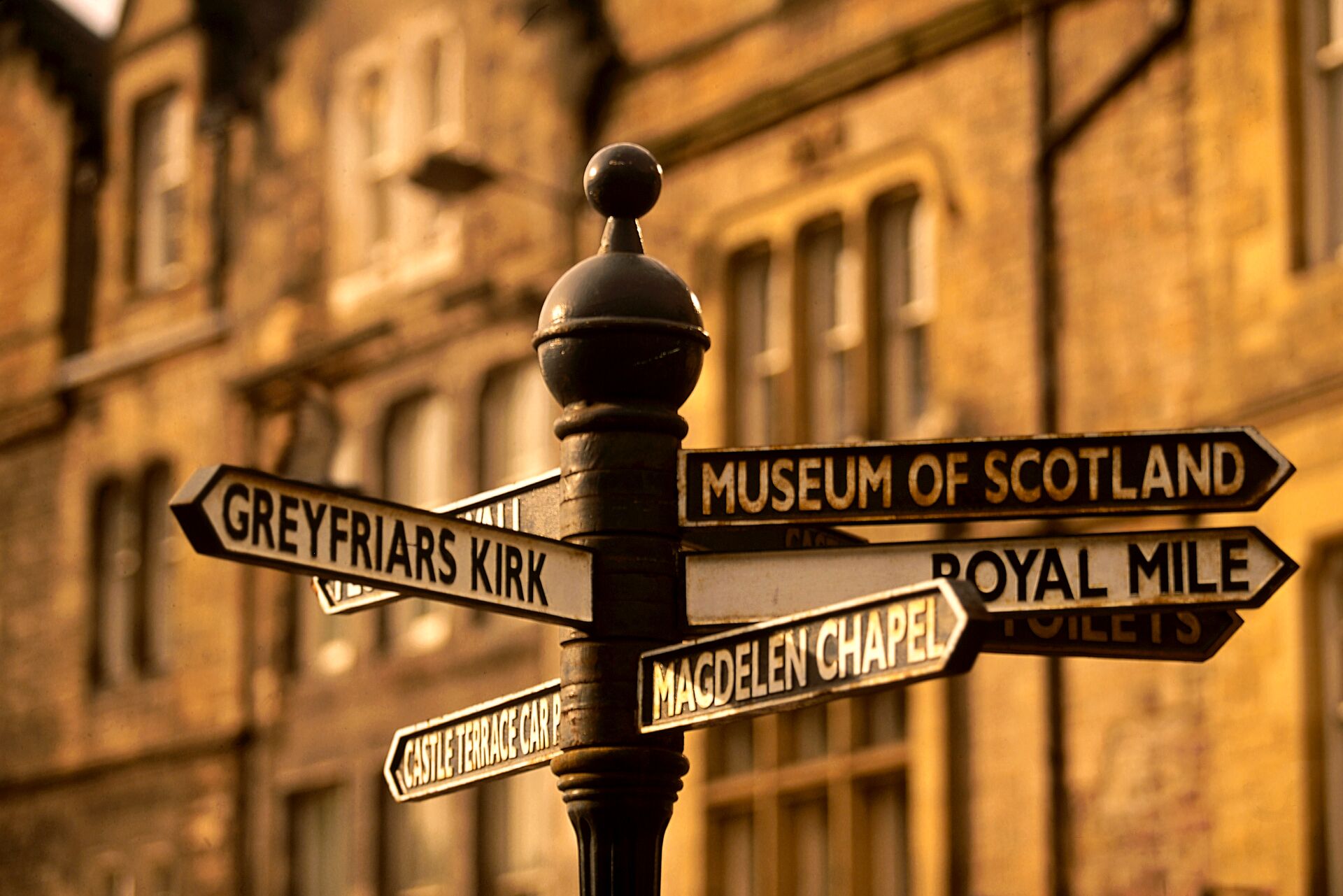Continuously impressed by the city’s breadth and diversity of culture, Travel Director Greg is a proud Edinburgh aficionado. This week’s Insightful destination expert he explains why Edinburgh is a must-visit for any self-respecting museum enthusiast. Then read on for our connoisseur’s pick of the city’s more unusual museums.
For travel inspiration: Scotland destination guide
An Enchanting City

“Well set up for tourists, especially pedestrians, the capital is small enough to walk everywhere. This means that its many cultural sights are easily accessible. You can also get a real feel for Scottish culture with bagpipers and talented buskers lining the streets, making for a very special atmosphere.
You may be interested to read: King of the castles: why August is the best time to visit Edinburgh
A Cultural Capital

“A huge number of former Edinburgh residents are world famous and have influenced all forms of culture, including art, literature, science and economics,” he adds. These include the writer Robert Louis Stevenson, who penned The Strange Case of Dr. Jekyll and Mr. Hyde, Alexander Graham Bell, the Scottish-born inventor, scientist and engineer who is credited with patenting the first practical telephone, and Adam Smith, the 18th-century Scottish philosopher who’s considered the father of modern economics.
Discover one of our Scotland tours: 7 ways our Best of Ireland & Scotland tour will capture your heart
Edinburgh Museums and Galleries

“However, the city is also home to many more unusual collections and exhibits, that reveal a more in depth look at cultural elements of the city. At the top of this list and one I particularly recommend is the Surgeon’s Hall Museums. A fascinating look though the history of medical science, here you can see many intriguing exhibits and even hear stories stories of the body snatchers!”
Bookmark for later: 12 months, 12 unmissable destinations: the best places to travel in 2024
Our top pick of Edinburgh’s more unusual museums:
Surgeon’s Hall Museums
The collection contains the largest and most historic collections of surgical pathology in the world. This includes bone and tissue specimens, artefacts and works of art from the remarkable collections of surgeon and anatomists, Sir Charles Bell and John Barclay. The museum notes that “the specimens were collected at times that held different ethical and moral values from our own today” and that they are displayed “acknowledging the debt to those whose suffering has advanced our knowledge of disease.” You’ll leave enthralled and with a deep understanding of the value of human remains and bodies donated to science.
You may also enjoy reading: The Legend of Cailleach: Scotland and Ireland’s One-eyed Creator
The Museum on the Mound
Think education blended with entertainment as you delve into the world of money, economics, and the history of the Bank of Scotland. Rare and historic banknotes show the evolution of currency design and security features. Interactive exhibits allow visitors to explore the intricacies of banking, from the basics of currency creation to the complexities of financial systems. Learn how money has evolved over thousands of years and its profound impact on the development of nations and societies.
If you’re a foodie we recommend reading: A wee treat: 4 ways you’ll taste the very best of Scotland with Insight
The Scotch Whisky Experience
Guided tastings, a walk through the whisky making process and endless stories, there’s no better place to explore your passion for Scotch whisky and Scotland. For those seeking a more in-depth experience, there are masterclasses available, delving into specific aspects of whisky production and appreciation.
If you love whisky you must bookmark: A Whisky Lover’s Guide to Scotland: Discovering the Best Distilleries on the Isle of Skye
The Writers’ Museum & Makers’ Court
One of the most intriguing Edinburgh Museums and Galleries, this exhibition celebrates three giants of Scottish literature, Robert Burns, Robert Louis Stevenson and Sir Walter Scott who are largely responsible for putting Edinburgh on the literary and cultural map. Edinburgh’s ‘Waverley Station’ is the only train station in the world that is named after a work of literature – Waverley was the first prose novel published by Walter Scott.
Admire portraits, rare books and personal objects including Robert Burns’ writing desk, the printing press on which Sir Walter Scott’s Waverley Novels were first produced, and Robert Louis Stevenson’s riding boots. The walk amongst the commemorative stones of Makars’ Court and see how many names you recognise. These celebrate Scotland’s rich history of great writers, each containing a quote from the author concerned.
You may also be interested in: 73 years in the making, the incredible history of the Royal Edinburgh Military Tattoo
Gladstone’s Land
A living example of this is Gladstone’s Land, a beautifully preserved ‘high rise’ property on the Royal Mile with hand-painted ceilings dating back to 1620. Here you can explore the rooms and learn about the lives of those who lived and worked in the property and discover a house that has witnessed 500 years of momentous social and political change as well as war, fire and disease.
Don’t forget to play our Insightful Travel Trivia game, test your knowledge for the chance to win great travel prizes.





